

Pied Flycatcher
AGE – BEST CRITERIA:
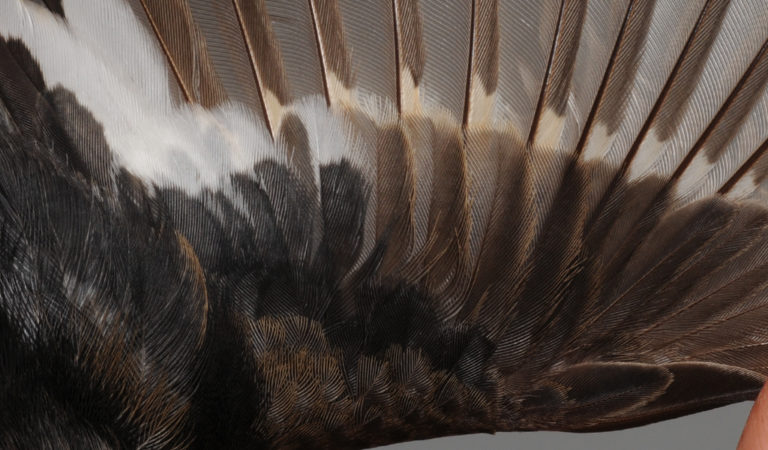
2cy April (male). Like in all birds (regarless of age) inner GC are fresh pre-breeding, dense and show typical black-and-white pattern. Relevant for ageing, outer GC1-4 are still juvenile, reckognized by being worn and pale brownish. Note that the white wedge shaped tips seen in juvenile GC during the autumn are less obvious on the outer GC, and since these are the only juvenile GC still left in spring, the character is less straight forward to use by then. [CP44949]
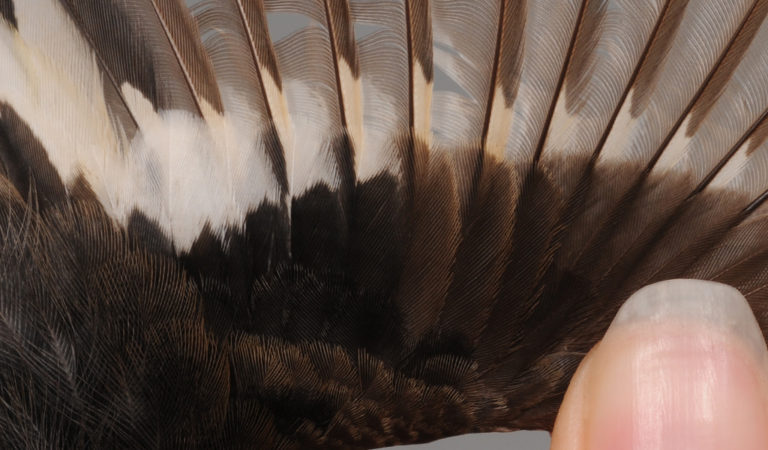
2cy May (male), showing variation with moulted pre-breeding GC4-10 contrasting to juvenile remaining GC1-3. It should be kept in mind that some individuals (not shown here) may show a sudden change in colour of the GC, although the feathers are still of the same generation. Such pattern may easily be misread as a moult contrast. [CV03117]
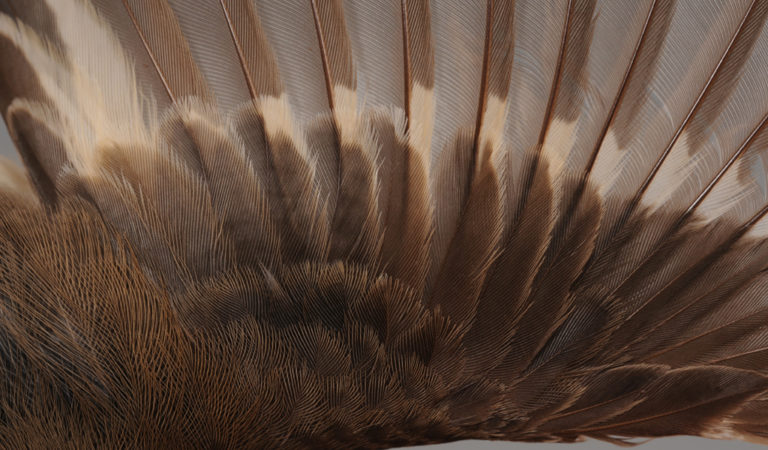
2cy May (female). Females are generally harder to age since it's more difficult to judge wether the outer unmoulded GC are juvenile or post-breeding than in males. Here, outer GC1-4 are juvenile, more worn, less dense and often slightly narrower compared to the post-breeding versions that an 3cy+ would have shown (see below). [CV03755]
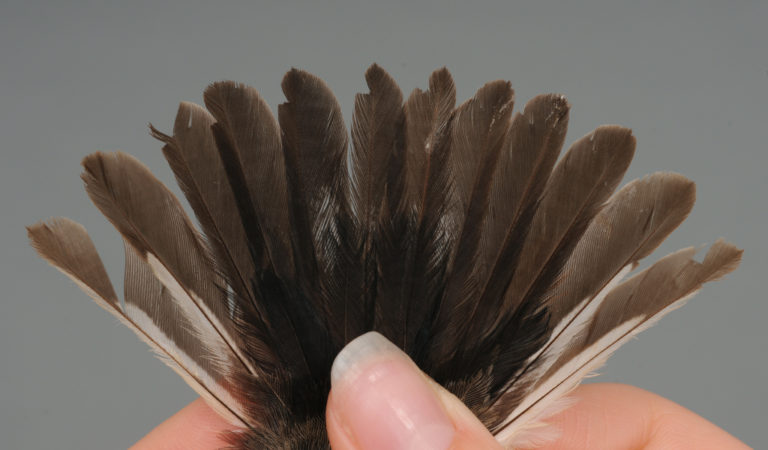
2cy May (male). Most birds, like this one, shows a unifomly juvenile tail during the spring. RR are on average more worn, slightly narrower and shows slightly more pointed tips, but the shape of the RR is variable and sometimes rather similar to adult. [CV03124]
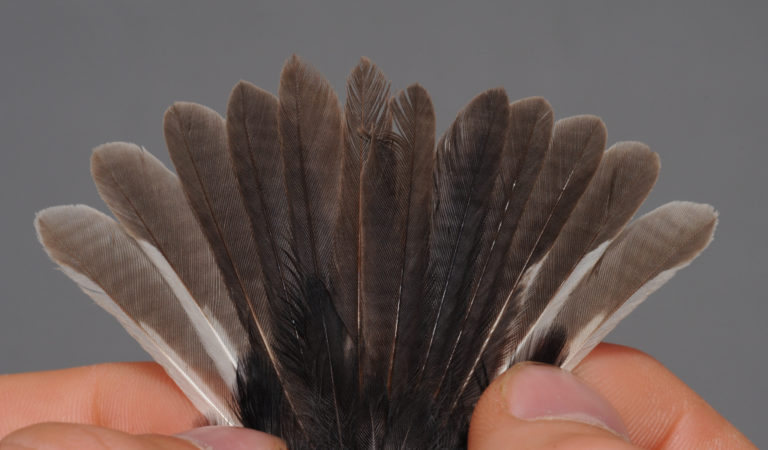
2cy May (male), showing signs of moult in tail. Left R1-2 are still juvenile, much worn, brownish and rather pointed. Remaining RR are pre-breeding (in better condition, and more blunt tipped) but some slight differences in colour and condition may imply that the feathers were grown during different periods of the winter(?). [CN94992]
More Ficedula hypoleuca:
Sexing spring
Ageing autumn
Sexing autumn
Moult
Identification
Ringers’ DigiGuide is sponsored by: